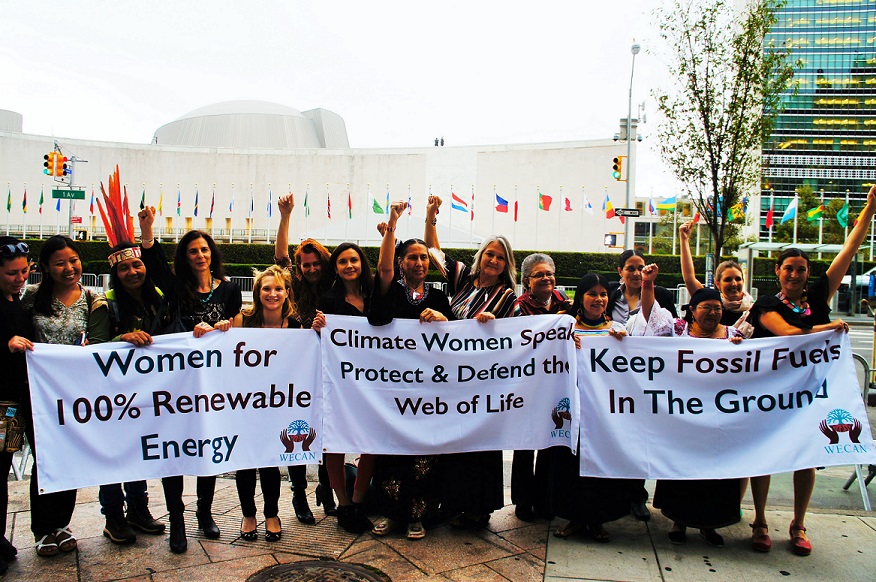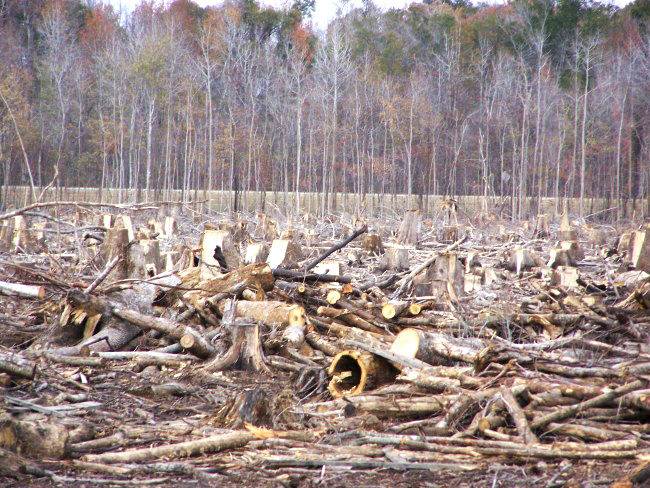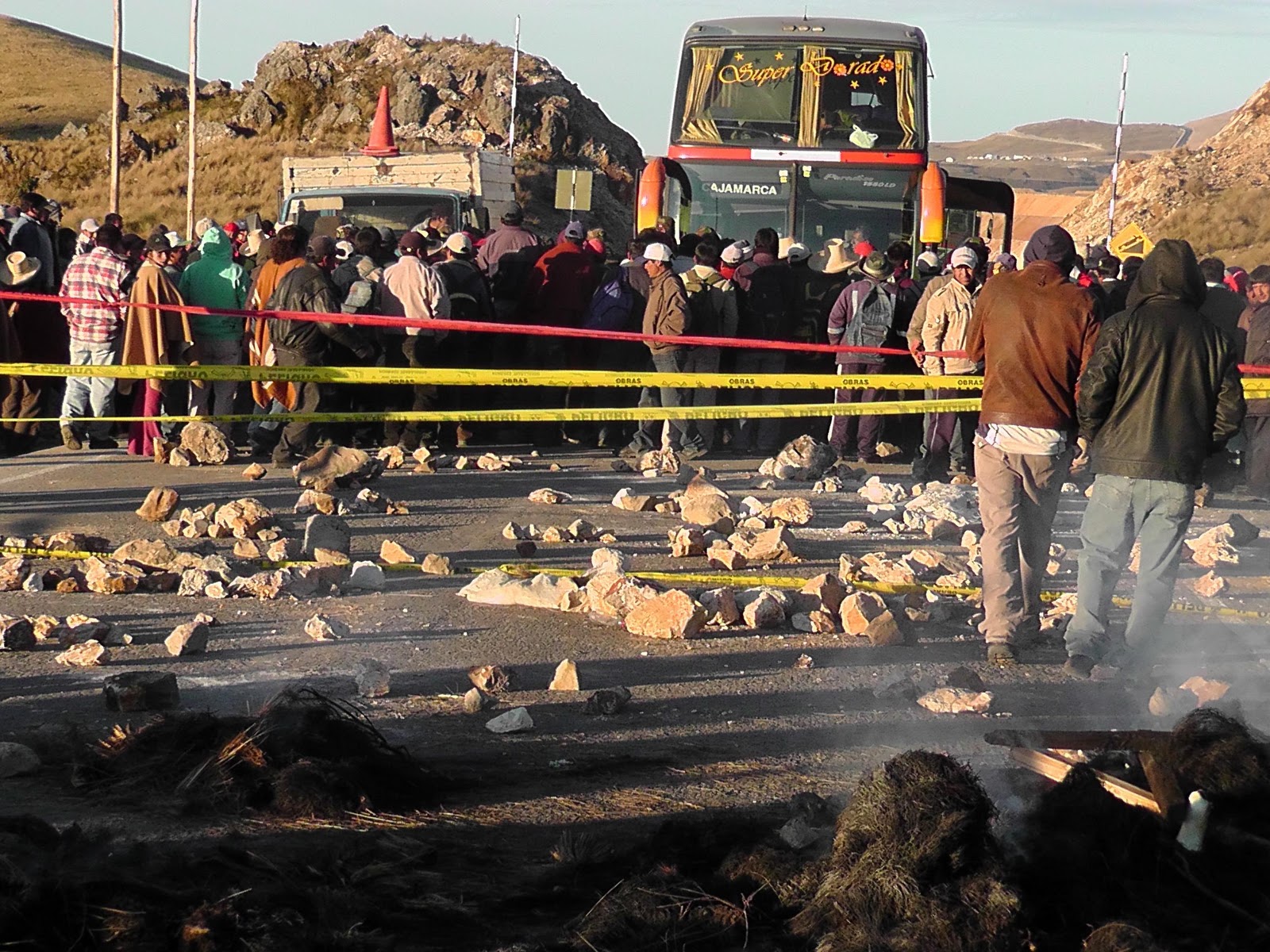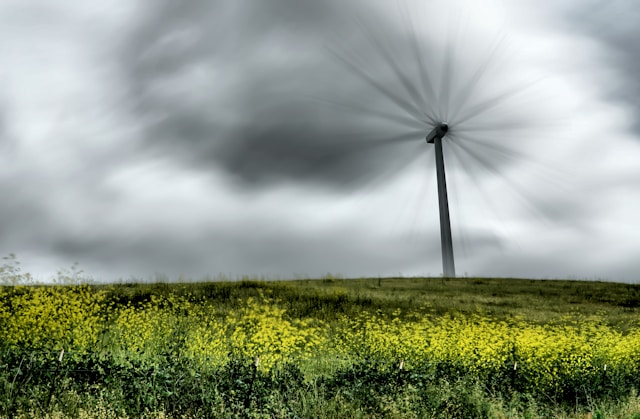
by DGR Colorado Plateau | Oct 11, 2015 | Climate Change, Lobbying, Protests & Symbolic Acts, Women & Radical Feminism
SAN FRANCISCO– On Tuesday, September 29th, 2015 women from fifty countries around the world took action for climate justice, gender equality, bold climate policies and transformative solutions as part of the Global Women’s Climate Justice Day of Action organized by the Women’s Earth and Climate Action Network (WECAN International).
From Sudan to the Philippines, from Ecuador to France, women raised their voices collectively to show resistance to social and environmental injustice and to present their solutions and demands for a healthy, livable planet.
In Port Harcourt, Nigeria women organized the ‘African Women Uniting for Energy, Food, & Climate Justice Exchange’, during which they shared struggles and solutions around oil extraction in the Niger delta and led a march through the city. In Swaziland, women united to sign the Women’s Climate Declaration and dialogue about why women experience disproportionate climate impacts and what can be done to address this injustice.
In Scotland, women collected trash from the beach and ocean to create an art installation highlighting the plight of threatened Arctic ecosystems. In Odisha, India, women united to speak out against deforestation fueled by the mining industry, taking direct action by planting trees and writing a memorandum to local government officials calling for communitywide reforestation programs led by women. Many worldwide participants voiced their demands for their governments to keep fossil fuels in the ground and immediately finance a just transition to 100% renewable energy.
Action recaps, photos, and statements from worldwide participants have been compiled on a central Day of Action gallery, from which they are being shared and amplified across the globe.
While women held decentralized actions in their communities, WECAN International convened a September 29th hub event, ‘Women Speak: Climate Justice on the Road to Paris & Beyond’ at the United Nations Church Center in New York City, directly across the street from where world leaders gathered for the annual United Nations General Assembly.
The event featured presentations and declarations of action by outstanding leaders including Indigenous activist and Greenpeace Canada campaigner Melina Laboucan-Massismo, May Boeve of 350.org, Jacqui Patterson of the NAACP, Patricia Gualinga, Kichwa leader of Sarayaku Ecuador, Thilmeeza Hussein of Voice of Women Maldives, and a special video message from Mary Robinson, former President of Ireland and President of the Mary Robinson Foundation-Climate Justice. The event concluded with a historic announcement and presentation of the ‘Indigenous Women of the North and South – Defend Mother Earth Treaty Compact 2015’.
As the day drew to a close, WECAN International and allies united for a direct action outside of the United Nations Headquarters.
“Women around the world are well aware that what is happening in the ‘halls of power’ is not nearly enough given the degree of climate crisis that we face and the injustices and impacts felt by women on the frontlines across the globe,” explained Osprey Orielle Lake, Founder and Executive Director of the Women’s Earth and Climate Action Network, “On September 29th, women across the world mobilized for bold, transformative climate change solutions and demonstrated the strength, diversity, and vitality of the women’s movement for climate justice. Women have always been on the frontlines of climate change, and now we are taking action to make sure that our voices and decision-making power are at the forefront as well. The stories, struggles, and solutions shared as part of the Global Women’s Climate Justice Day of Action will be carried forward to COP21 in Paris and beyond.”
***
The Women’s Earth and Climate Action Network (WECAN International) is a solutions-based, multi-faceted effort established to engage women worldwide as powerful stakeholders in climate change, climate justice, and sustainability solutions. Recent work includes the 2013 International Women’s Earth and Climate Summit, Women’s Climate Declaration, and WECAN Women’s Climate Action Agenda. International climate advocacy is complemented with on-the-ground programs such as the Women’s for Forests and Fossil Fuel/Mining/Mega Dam Resistance, US Women’s Climate Justice Initiative, and Regional Climate Solutions Trainings in the Middle East North Africa region, Latin America, and Democratic Republic of Congo. WECAN International was founded in 2013 as a project of the 501(c)3Women’s Earth and Climate Caucus (WECC) organization and its partner eraGlobal Alliance.
www.wecaninternational.org
@WECAN_INTL

by Deep Green Resistance News Service | Nov 10, 2013 | Climate Change, Mining & Drilling
By Jamie Doward / The Observer
Britain’s new generation of biomass power stations will have to source millions of tonnes of wood from thousands of miles away if they are to operate near to their full capacity, raising questions about the claims made for the sustainability of the new technology.
Ministers believe biomass technology could provide as much as 11% of the UK’s energy by 2020, something that would help it meet its carbon commitments. The Environment Agency estimates that biomass-fired electricity generation, most of which involves burning wood pellets, can cut greenhouse gas emissions by up to 90% compared with coal-fired power stations. Eight biomass power stations, including one in a unit in the giant Drax power station, are operating in the UK and a further seven are in the pipeline. None operates near capacity.
But now environmental groups are questioning where the new plants will source their wood if the technology takes off. A campaign group, Biofuelwatch, calculates in a new report that the UK could end up burning as much as 82m tonnes of biomass each year – more than eight times the UK’s annual wood production. If Drax were to operate at full capacity, it alone would get through 16m tonnes of wood a year, according to the report, which claims a Europe-wide demand for biomass is triggering a “gold rush” for wood pellets that could have implications for global land use.
The report highlights the example of Portugal, where 10% of the country is now covered by eucalyptus plantations much of which is used for biomass energy production. Two campaign groups, the Dogwood Alliance and the US Natural Resources Defence Council, have issued critical reports about the way that forests in the southern states of the US are being used for biomass production. There are also concerns that tracts of Brazil are being used to supply the wood pellets.
But the concerns have been fiercely rejected by the biomass industry. Enviva, which supplies Drax with wood pellets, said its biomass came mainly from offcuts from poor-quality trees that are left over from those grown for the construction and paper industries. It said it would be uneconomic to cut down forests purely for biomass and that the cost of shipping a tonne of wood pellets from the east coast of the US to the UK was similar to transporting the same amount some 225 miles within the UK. It said that even the most optimistic forecasts for global wood pellet demand suggested it would not exceed 40m tonnes – equivalent to 80m tonnes of wood – a year by 2020.
“Biomass is the only renewable energy source that can replace coal quickly and cost-effectively, providing the same operational benefits while dramatically improving the environmental profile of energy generation,” a company spokesman said.
Read more from The Guardian: http://www.theguardian.com/environment/2013/nov/09/biomass-power-stations-wood-forests-report

by Deep Green Resistance News Service | May 1, 2013 | Lobbying, Mining & Drilling, Property & Material Destruction, Strategy & Analysis
Mining is one of the most viscerally destructive and horrific ways in which the dominant culture—industrial civilization—enacts its violence on the living world. As entirely and unequivocally destructive as this society is, few other industrial activities are as horrifically confronting as mining. Whole landscapes are cleared of life as communities—most often indigenous or poor—are forced from their homes. Mountains level to piles of barren rubble which leach countless poisons, scouring life from whole watersheds. Pits of unimaginable size are carved from the bones of the earth, leaving moonscapes in their wake.
Besides the immediate damage to the land at the site of operations, the destruction extends through the uses its products are put to. In this way, mining is crucial to the continued function of industrial civilization, supplying many of the raw materials that form the material fabric of industrial society. Steel, aluminum, copper, coal, tar sands bitumen, cement; the materials extracted through mining are central components of industrial civilization in an immediate and physical way. They are the building blocks of this society.
Fortunately, as is the way of things, where there is atrocity and brutalization, there is resistance. There has been a lot of militant anti-mining action happening recently; in the last few months alone there have been several inspiring incidents of people taking direct militant action against mining projects and infrastructure.
In February, several dozen masked militants raided the Hellas gold mine in Halkidiki, Greece. They firebombed machinery, vehicles, and offices at the site. The attack followed several years of legal challenges and public demonstrations—none of which succeeded in stopping the mine, which will destroy forests, poison groundwater, and release air pollutants including lead, mercury and arsenic.
When local residents tried to stop the mine through the courts the government ruled against them, claiming that the mine would create jobs. As the Deputy Minister of Energy and Environment Asimakis Papageorgiou said, “We can no longer accept this [area] being left unexploited or barely exploited.”
Statements like these on the part of those in power, while not necessarily surprising, help to make clear the reality we face; the dominant culture requires the rending of the living world into dead commodities. It can’t be persuaded to change, no matter how compassionate and compelling the appeals we make. It can only be forced to change.
More recently, the Powharnal coal mine in Scotland was attacked at the beginning of April. An anonymous communique was released via Indymedia Scotland:
At some point over the past weekend multiple items of plant machinery at an extension to the Powharnal open cast coal site in East Ayrshire were put beyond working use. High value targets including a prime mover and bulldozer were also targeted to cause maximum disruption to workings at the mine.
Scottish Coal is falling and not only do we intend to make sure that they go down – but that they stay down too.
This action presents yet another hopeful example of militant action targeting extractive projects. This was not a symbolic act of property destruction, but rather one aimed at materially disrupting and stopping destructive activity. More so, the actionist(s) specifically targeted key equipment and infrastructure at the site to maximize the impact of their actions, making good use of effective systems disruption.
A third example comes from Peru, where in mid-April several hundred protestors stormed the Minas Conga gold & copper mine, occupying the site for a short while and burning equipment. Besides the immediate damage done by the arson, the action forced the operating company, Minera Yanacocha, to evacuate personnel and equipment, further disrupting their operations.
This latest protest in April is the latest in a continuous and diverse tapestry of resistance to the Minas Conga mine. Such direct and militant protests and actions last year forced Yanacocha to put most of the mining project on hold, and the strong unyielding opposition has Newmont Mining Corporation (which owns Yanacocha) considering pulling out of the project altogether. This is yet another example of how effective militant action can be in stopping mining and other extractive projects.
Of course there are plenty of aboveground and nonviolent efforts being made to oppose mining projects happening as well, and this isn’t meant to detract from or dismiss their efforts. But the dominant culture needs access to the raw materials that feed the global economy, and in the end it will secure those resources by force, refusing to hear “no!”
Again, this isn’t to say that nonviolent efforts are by any means doomed to failure each and every time we employ them. It is to acknowledge that the entire existence and operation of industrial civilization requires continued access to “raw materials” (otherwise known as natural living communities), and that the courts, regulatory systems, and laws have all been designed to preserve that arrangement. We may win occasional victories here and there, but like a casino, they—the House, the capitalists, the miners, the extractors, etc.— will always come out ahead in the end.
When aboveground & legal efforts to stop mining and other extraction projects fail, as they so often and reliably do, those determined to protect the lands and communities that are their homes turn to other means.
Attacking and destroying the mining infrastructures themselves—the physical machines that are the immediate and direct weapons used to tear up biomes—forces a halt to extraction with an unmatched directness and immediacy. Beyond mining itself, the strategic efficacy of targeting infrastructure—as the foundational supports of any system—has been proven time and again by militaries and resistance movements around the world.
Of course, attacks targeting mines alone will likely never be enough to stop such harmful and destructive processes altogether. That can only happen by dismantling industrial civilization itself. And like anti-mining resistance, bringing down civilization will require underground action— the targeting of key nodes of critical industrial systems through coordinated sabotage.
That will require building a serious and capable resistance movement, one that is unafraid to name the situation before us—the stakes, the urgency, and the strategic reality—and to confront power. It means building a movement that can navigate around the traps and misdirection historically used to disrupt and disable movements. It means building a movement that is willing and able to defend the living Earth by any means necessary. Toward this end, members of DGR will be traveling the Northeast U.S. & Southeast Canada this summer for the Resistance Rewritten Tour, to talk about what that movement will mean and look like.
As civilization continues its incessant death march around the world— tearing apart and destroying ever more of the living world, ever more human and extra-human communities— resistance against it must of necessity become more militant. With so much at stake, those resisters in Greece, Scotland, Peru and elsewhere using militant attacks on industrial infrastructure to defend their lands and communities deserve our undying support. Those of us who value life and justice should not condemn them, but celebrate them— for theirs is precisely the type of action that will be required to stop the murder of the living world.
Time is Short: Reports, Reflections & Analysis on Underground Resistance is a biweekly bulletin dedicated to promoting and normalizing underground resistance, as well as dissecting and studying its forms and implementation, including essays and articles about underground resistance, surveys of current and historical resistance movements, militant theory and praxis, strategic analysis, and more. We welcome you to contact us with comments, questions, or other ideas at undergroundpromotion@deepgreenresistance.org

by Deep Green Resistance News Service | Mar 21, 2013 | Biodiversity & Habitat Destruction, Climate Change, NEWS
By Root Force
A series of recently released studies make it clear that wind power is not going to save us—not from global warming, not from high extinction rates, and not from the system of high-energy-consumption industrial exploitation that is killing the planet.
Let’s start with the most damning findings: even the most large-scale shift to wind power cannot slow greenhouse gas emissions enough to have any positive effect on the climate, although it may manage to make things worse. Why?
A study published in Nature Climate Change in September found that although hypothetically there is enough power in the earth’s winds to sustain current levels of energy consumption, in practice you could never harvest enough energy from wind to affect the climate:
Turbines create drag, or resistance, which removes momentum from the winds and tends to slow them. As the number of wind turbines increases, the amount of energy that is generated increases. But at some point, the winds would be slowed so much that adding more turbines will not generate more electricity. …
[T]he study found that the climate effects of extracting wind energy at the level of current global demand would be small, as long as the turbines were spread out and not clustered in just a few regions. At the level of global energy demand, wind turbines might affect surface temperatures by about 0.2 degrees Fahrenheit and affect precipitation by about 1 percent. Overall, the environmental impacts would not be substantial. (emphasis added)
Another study, published in Nature last month, found that wind farms being constructed in Scotland actually lead to a net increase in carbon dioxide emissions:
Wind farms are typically built on upland sites, where peat soil is common. In Scotland alone, two thirds of all planned onshore wind development is on peatland. England and Wales also have large numbers of current or proposed peatland wind farms.
But peat is also a massive store of carbon, described as Europe’s equivalent of the tropical rainforest. Peat bogs contain and absorb carbon in the same way as trees and plants — but in much higher quantities.
British peatland stores at least 3.2 billion tons of carbon, making it by far the country’s most important carbon sink and among the most important in the world.
Wind farms, and the miles of new roads and tracks needed to service them, damage or destroy the peat and cause significant loss of carbon to the atmosphere, where it contributes to climate change. …
Richard Lindsay of the University of East London, said … “The world’s peatlands have four times the amount of carbon than all the world’s rainforests. But they are a Cinderella habitat, completely invisible to decision- makers.”
Finally, a study published last month in the journal Environmental Research Letters conducted a further analysis on the effects of wind turbine drag:
Each wind turbine creates behind it a “wind shadow” in which the air has been slowed down by drag on the turbine’s blades. The ideal wind farm strikes a balance, packing as many turbines onto the land as possible, while also spacing them enough to reduce the impact of these wind shadows. But as wind farms grow larger, they start to interact, and the regional-scale wind patterns matter more.
Keith’s research has shown that the generating capacity of very large wind power installations (larger than 100 square kilometers) may peak at between 0.5 and 1 watts per square meter. Previous estimates, which ignored the turbines’ slowing effect on the wind, had put that figure at between 2 and 7 watts per square meter.
In short, we may not have access to as much wind power as scientists thought.
“If wind power’s going to make a contribution to global energy requirements that’s serious, 10 or 20 percent or more, then it really has to contribute on the scale of terawatts in the next half-century or less,” says Keith.
If we were to cover the entire Earth with wind farms, he notes, “the system could potentially generate enormous amounts of power, well in excess of 100 terawatts, but at that point my guess, based on our climate modeling, is that the effect of that on global winds, and therefore on climate, would be severe — perhaps bigger than the impact of doubling CO2.” (emphasis added)
As if that weren’t enough, another study has just concluded that large wind turbines constructed offshore may snap like matches when hit by medium-size waves:
“If we do not take ringing into consideration, offshore wind turbine parks can lead to financial ruin,” warns John Grue to the research magazine Apollon at University of Oslo. …
Ringing does not just harm wind turbines. Ringing has already been a great problem for the oil industry. The designers of the YME platform did not take ringing into account, and lost NOK 12 billion.
“It is possible to build your way out of the ringing problem by strengthening the oil rigs. However, it is not financially profitable to do the same with wind turbines,” says John Grue.
And finally, let’s not forget what environmentalists have been warning about for decades: wind turbines murder birds.
ReWire has learned that the North Sky River Wind project, which attracted fierce opposition from environmental groups concerned about potential threat to eagles and California condors, was the site of a golden eagle death in January. …
The eagle kill apparently occurred on January 29, just a month after North Sky River started generating power.
So what’s the solution? Certainly not wind, solar, or any other industrial magic bullet. The solution is to dramatically scale back consumption and shift to local-based economies not dependent upon stealing resources from distant people and lands.
The solution is to demolish the global economic system.
Get started!
Photo by Casey Horner on Unsplash
by Deep Green Resistance News Service | Feb 24, 2013 | Biodiversity & Habitat Destruction, Climate Change
By Andrew Gilligan / The Telegraph
Thousands of Britain’s wind turbines will create more greenhouse gases than they save, according to potentially devastating scientific research to be published later this year.
The finding, which threatens the entire rationale of the onshore wind farm industry, will be made by Scottish government-funded researchers who devised the standard method used by developers to calculate “carbon payback time” for wind farms on peat soils.
Wind farms are typically built on upland sites, where peat soil is common. In Scotland alone, two thirds of all planned onshore wind development is on peatland. England and Wales also have large numbers of current or proposed peatland wind farms.
But peat is also a massive store of carbon, described as Europe’s equivalent of the tropical rainforest. Peat bogs contain and absorb carbon in the same way as trees and plants — but in much higher quantities.
British peatland stores at least 3.2 billion tons of carbon, making it by far the country’s most important carbon sink and among the most important in the world.
Wind farms, and the miles of new roads and tracks needed to service them, damage or destroy the peat and cause significant loss of carbon to the atmosphere, where it contributes to climate change.
Writing in the scientific journal Nature, the scientists, Dr Jo Smith, Dr Dali Nayak and Prof Pete Smith, of Aberdeen University, say: “We contend that wind farms on peatlands will probably not reduce emissions …we suggest that the construction of wind farms on non-degraded peats should always be avoided.”
Dr Nayak told The Telegraph: “Our full paper is not yet published, but we should definitely be worried about this. If the peatland is already degraded, there is no problem. But if it is in good condition, we should avoid it.”
Another peat scientist, Richard Lindsay of the University of East London, said: “If we are concerned about CO2, we shouldn’t be worrying first about the rainforests, we should be worrying about peatlands.
“The world’s peatlands have four times the amount of carbon than all the world’s rainforests. But they are a Cinderella habitat, completely invisible to decision- makers.”
One typical large peat site just approved in southern Scotland, the Kilgallioch wind farm, includes 43 miles of roads and tracks. Peat only retains its carbon if it is moist, but the roads and tracks block the passage of the water.
The wind industry insists that it increasingly builds “floating roads,” where rock is piled on a textile surface without disturbing the peat underneath.
But Mr Lindsay said: “Peat has less solids in it than milk. The roads inevitably sink, that then causes huge areas of peatland to dry out and the carbon is released.”
Mr Lindsay said that more than half of all British onshore wind development, current and planned, is on peat soils.
In 2011 the Scottish government’s nature protection body, Scottish Natural Heritage, said 67 per cent of planned onshore wind development in Scotland would be on peatland.
Read more from The Telegraph: http://www.telegraph.co.uk/earth/energy/windpower/9889882/Wind-farms-will-create-more-carbon-dioxide-say-scientists.html




